Understanding Exchange-Traded Funds (ETFs): A Balanced Perspective on Their Advantages and Disadvantages
Are you exploring new avenues for your investments, perhaps seeking a blend of diversification and trading flexibility? Then you’ve likely encountered the term Exchange-Traded Fund (ETF). These popular investment vehicles have reshaped how many of us build our portfolios, offering unique benefits that distinguish them from traditional mutual funds or individual stocks. But like any financial instrument, ETFs come with their own set of considerations, both favorable and unfavorable. In this article, we’ll peel back the layers to understand what ETFs are, delve into their compelling advantages, navigate their potential drawbacks, and ultimately, help you determine if they align with your investment strategy.
What Exactly Are Exchange-Traded Funds (ETFs)?
At its core, an Exchange-Traded Fund (ETF) is an investment fund that holds a diversified portfolio of assets, such as stocks, bonds, commodities, or a mix of these. What makes an ETF unique is that it trades on stock exchanges just like individual stocks throughout the day. This means you can buy and sell ETF shares at their market price anytime the market is open, offering a level of liquidity not typically found with traditional mutual funds. 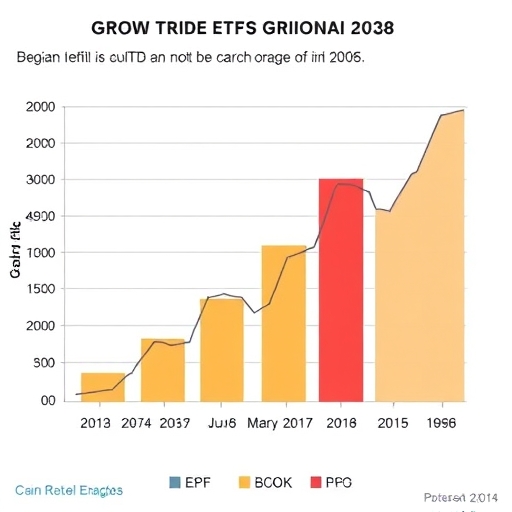
Most ETFs are designed to track a specific index, sector, or asset class. For instance, an ETF might aim to mirror the performance of the S&P 500, a broad market index, or focus on a specific industry like biotechnology. This passive management approach often translates to lower operational costs. The mechanism by which ETFs maintain their price close to their underlying assets’ value, known as the Net Asset Value (NAV), involves specialized financial institutions called authorized participants who can create or redeem ETF shares in large blocks. This “arbitrage” process helps prevent significant deviations between an ETF’s market price and its actual asset value, ensuring efficiency for investors like you.
Key characteristics of ETFs often include:
-
They offer instant diversification across multiple assets or an entire market sector.
-
They are known for their transparency, with holdings typically disclosed daily.
-
Many ETFs are passively managed, aiming to track an index rather than outperform it.
Different types of ETFs cater to various investment objectives:
| ETF Type | Description | Example Exposure |
|---|---|---|
| Equity ETFs | Invest in stocks, often tracking broad market indices or specific sectors. | S&P 500, Technology Sector, Emerging Markets |
| Bond ETFs | Invest in fixed-income securities, offering exposure to government or corporate debt. | U.S. Treasury Bonds, High-Yield Corporate Bonds |
| Commodity ETFs | Track the price of raw materials like oil, gold, or agricultural products. | Gold, Crude Oil, Precious Metals |
| Sector ETFs | Focus on specific industries, allowing targeted investment in high-growth areas. | Healthcare, Biotechnology, Renewable Energy |
| International ETFs | Provide exposure to non-U.S. markets, including developed or emerging economies. | European Stocks, Asian Equities, Global ex-U.S. |
The Compelling Advantages of ETF Investing
ETFs have garnered immense popularity, and for good reason. They offer several significant benefits that can make them a cornerstone of a well-rounded investment portfolio. Let’s explore some of these key advantages: 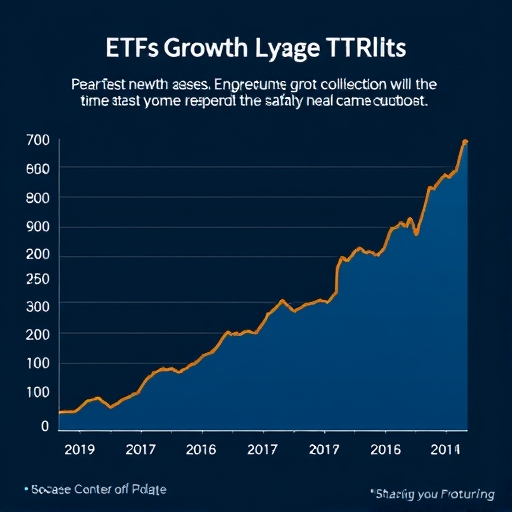
-
Broad Diversification: One of the most significant perks of ETFs is their inherent ability to provide diversification. With a single ETF purchase, you can gain exposure to dozens, hundreds, or even thousands of underlying securities. For example, buying an S&P 500 ETF means you’re instantly invested in 500 of the largest U.S. companies. This spreads your investment risk across many assets, reducing the impact if one particular company or sector performs poorly. It’s like buying an entire basket of fruits rather than betting on just one apple.
-
Cost-Effectiveness: ETFs generally boast lower expense ratios compared to actively managed mutual funds. Why? Because most ETFs are passively managed, meaning they simply track an index rather than relying on a team of fund managers to pick individual stocks. This passive approach avoids the higher research, analysis, and trading costs associated with active management, translating into more of your money staying invested and working for you over time.
-
High Liquidity: Unlike mutual funds, which are priced only once a day after the market closes, ETFs trade on stock exchanges throughout the entire trading day. This liquidity means you can buy or sell shares at any point during market hours at their current market price, just as you would with individual stocks. This flexibility allows for quicker entry and exit from positions, enabling you to react swiftly to market news or adjust your portfolio as needed.
-
Tax Efficiency: ETFs are often more tax-efficient than traditional mutual funds. This is largely due to their unique “in-kind” creation and redemption mechanism. When an ETF sells off assets to meet redemptions, it can often do so by transferring shares directly to authorized participants instead of selling them on the open market. This process minimizes capital gains distributions to shareholders, potentially allowing you to defer paying capital gains taxes until you actually sell your ETF shares.
-
Investment Flexibility: ETFs offer a surprising degree of flexibility for investors. You can purchase them on margin, meaning you can borrow money to buy more shares, or even sell them short, betting on a price decline. Many ETFs also serve as underlying securities for option contracts, providing advanced trading strategies for experienced investors. This range of options makes ETFs versatile tools for various investment objectives.
-
Price Stability: The arbitrage mechanism, where authorized participants buy or sell underlying assets to create or redeem ETF shares, plays a crucial role in keeping an ETF’s market price closely aligned with its Net Asset Value (NAV). This process helps to minimize significant premiums (when the market price is higher than NAV) or discounts (when the market price is lower than NAV), ensuring you’re generally buying or selling an ETF at a fair value.
Navigating the Potential Disadvantages and Risks of ETFs
While ETFs offer numerous benefits, it’s equally important to understand their potential drawbacks and risks. Being aware of these aspects will help you make more informed investment decisions and avoid unpleasant surprises. 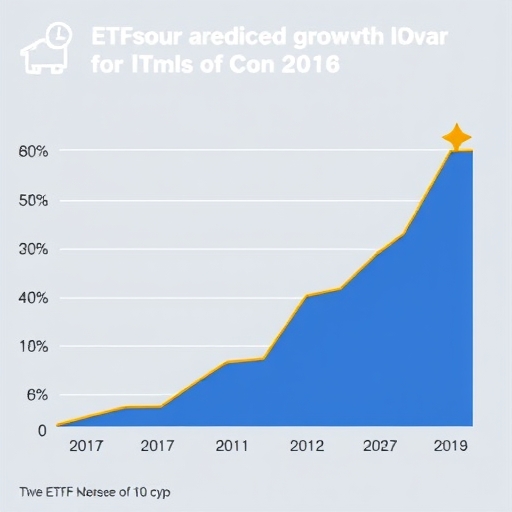
-
Trading Costs: Despite their low expense ratios, ETFs can incur trading costs. Each time you buy or sell ETF shares, you typically pay a brokerage commission. While many brokers now offer commission-free ETF trading, some still charge fees, especially for less common ETFs or specific trading platforms. For frequent traders, these commissions can accumulate and potentially erode the cost advantage of ETFs over time.
-
Bid-Ask Spreads: When you buy or sell an ETF, you’ll encounter a bid-ask spread – the difference between the highest price a buyer is willing to pay (bid) and the lowest price a seller is willing to accept (ask). For highly liquid, popular ETFs, this spread is usually very narrow. However, for less liquid or niche ETFs, the bid-ask spread can be wider, effectively increasing your transaction costs. This means you might pay a bit more when buying and receive a bit less when selling, impacting your overall returns.
-
Tracking Error: An ETF’s performance may not perfectly align with the performance of its intended index or asset class. This phenomenon is known as tracking error. Several factors can contribute to this, including the ETF’s cash holdings, transaction costs incurred by the fund, differences in dividend reinvestment schedules, or the presence of illiquid securities within its portfolio. While often minor, tracking error can mean your ETF isn’t precisely delivering the market exposure you anticipate.
-
Market Impact / NAV Deviation: In turbulent or rapidly moving markets, an ETF’s market price can temporarily deviate significantly from its Net Asset Value (NAV). This can lead to situations where you might overpay for an ETF (buying at a premium) or undersell it (selling at a discount). While the arbitrage mechanism generally keeps prices in line, extreme market volatility can sometimes overwhelm it, especially for less liquid or more complex ETFs.
-
Management Fee Creep: While generally known for low fees, some newer or niche ETFs, particularly those tracking more obscure or specialized markets, may exhibit higher management fees. As the ETF market becomes more competitive and complex, some funds may introduce higher administrative or licensing costs, leading to a subtle “management fee creep.” It’s crucial to always compare the expense ratios of different ETFs before investing.
-
Risks of Leveraged ETFs: We must specifically highlight leveraged ETFs. These highly speculative funds use financial derivatives to amplify the daily returns of an underlying index, often by 2x or 3x. While they offer magnified gains on up days, they also present significantly magnified losses on down days. Furthermore, their daily rebalancing mechanism means they are generally unsuitable for long-term holding and can lead to substantial, accelerated losses over time, especially in volatile markets. They are typically designed for sophisticated, short-term traders, not average investors.
It is always essential to consider these points when investing:
-
Understand that past performance is not indicative of future results.
-
Be wary of complex or highly specialized ETFs without fully understanding their mechanics.
-
Leveraged and inverse ETFs carry significant risks and are generally not suitable for typical buy-and-hold investors.
ETF vs. Mutual Fund: A Key Comparison
To further clarify where ETFs fit into the investment landscape, let’s look at how they stack up against traditional mutual funds. Understanding these differences is crucial for making the right choice for your portfolio.
| Feature | Exchange-Traded Fund (ETF) | Traditional Mutual Fund |
|---|---|---|
| Trading | Trades like a stock on exchanges throughout the day. | Trades once daily at market close (NAV). |
| Pricing | Market price, fluctuates throughout the day. | Net Asset Value (NAV), calculated once daily. |
| Management Style | Typically passively managed (index-tracking). | Can be actively or passively managed. |
| Expense Ratios | Generally lower due to passive management. | Can be higher, especially for actively managed funds. |
| Tax Efficiency | Often more tax-efficient (in-kind transfers). | May distribute capital gains more frequently. |
| Diversification | Provides broad diversification with a single purchase. | Also provides diversification, managed by fund. |
| Minimum Investment | One share (can be fractional with some brokers). | Often requires a higher minimum initial investment. |
Making Informed Decisions: Is an ETF Right for You?
So, after weighing the pros and cons, how do you decide if an ETF is the right choice for your investment portfolio? The answer largely depends on your individual financial goals, risk tolerance, and investment horizon. For many investors, especially those seeking a cost-effective way to achieve broad market exposure and diversification, ETFs are an ideal asset for portfolio construction. 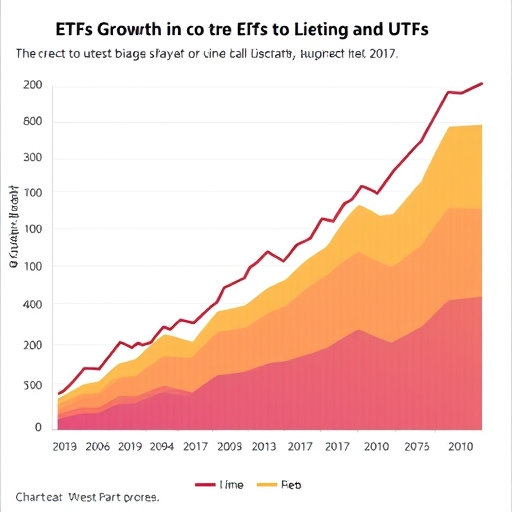
When evaluating potential ETFs for your portfolio, consider these essential metrics:
| Metric | Why it Matters | Optimal Range/Consideration |
|---|---|---|
| Expense Ratio (ER) | Annual fee charged by the fund; directly impacts your net returns. | Lower is generally better (e.g., < 0.20% for broad market ETFs). |
| Tracking Error | How closely the ETF’s performance mirrors its benchmark index. | Lower indicates better index replication. |
| Liquidity (Volume) | Ease of buying and selling shares without significantly affecting price. | Higher average daily volume is preferred, especially for active traders. |
| Bid-Ask Spread | Difference between buy and sell prices; a transaction cost. | Narrower spreads mean lower trading costs. |
| Assets Under Management (AUM) | Total value of assets held by the fund. | Higher AUM often indicates stability and better liquidity. |
When selecting an ETF, we recommend you conduct thorough due diligence. Pay close attention to the expense ratio – a lower ratio means more of your money stays invested. Examine the ETF’s tracking error to ensure it closely mirrors its intended index. Consider its liquidity and average bid-ask spread, especially if you anticipate frequent trading. Most importantly, ensure the ETF’s underlying assets and investment objective align with your own beliefs and long-term strategy. Are you looking for broad market exposure, or a specific sector? Do you prioritize growth or income? Asking these questions will guide you to suitable choices.
ETFs can be powerful tools, simplifying diversification and offering flexibility. However, understanding their nuances and potential downsides is just as important as appreciating their advantages. By staying informed and doing your homework, you can effectively leverage ETFs to help achieve your financial aspirations.
Matching your investment goals with the right ETF type can significantly enhance your portfolio’s effectiveness:
| Investment Goal | Suitable ETF Types | Benefit |
|---|---|---|
| Broad Market Exposure | Total Stock Market ETFs, S&P 500 ETFs | Diversification, low cost, long-term growth potential. |
| Income Generation | Dividend ETFs, Bond ETFs, Preferred Stock ETFs | Regular cash flow, potential for lower volatility than equities. |
| Sector Specific Growth | Technology Sector ETFs, Healthcare ETFs | Targeted exposure to industries with high growth potential. |
| International Diversification | Emerging Markets ETFs, Developed Markets ETFs | Exposure to global economies, reduced home-country bias. |
| Inflation Protection | Commodity ETFs (e.g., Gold), TIPS ETFs | Hedge against rising prices, store of value. |
Disclaimer: This article is for informational and educational purposes only and does not constitute financial advice. Investing in Exchange-Traded Funds (ETFs) or any financial instrument involves risks, including the potential loss of principal. Always consult with a qualified financial advisor before making any investment decisions, and conduct your own thorough research to ensure investments align with your personal circumstances and risk tolerance.
Frequently Asked Questions (FAQ)
Q: What is the main difference between an ETF and a mutual fund?
A: ETFs trade like stocks throughout the day at market prices, while mutual funds are priced once daily at their Net Asset Value (NAV) after the market closes. ETFs are also generally more tax-efficient and have lower expense ratios due to their passive management.
Q: Are ETFs suitable for long-term investors?
A: Yes, most traditional ETFs are excellent for long-term investors seeking diversified, cost-effective exposure to various markets or asset classes. However, specialized ETFs like leveraged or inverse ETFs are typically designed for short-term, sophisticated traders and are not suitable for long-term holding.
Q: How do I choose the right ETF for my portfolio?
A: When selecting an ETF, consider its expense ratio, tracking error, liquidity, and bid-ask spread. Ensure its investment objective aligns with your financial goals, risk tolerance, and investment horizon. Research the underlying assets and sector exposure before making a decision.


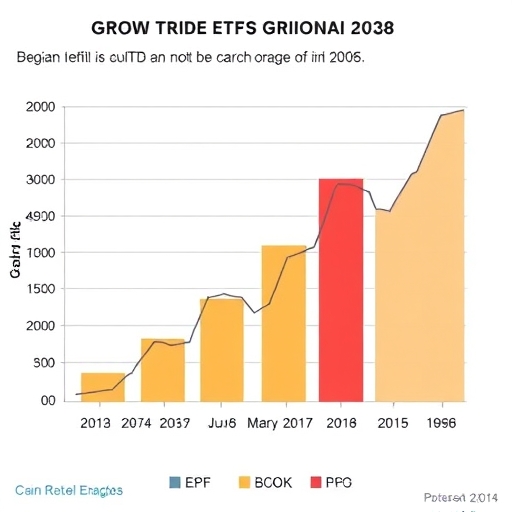
No responses yet